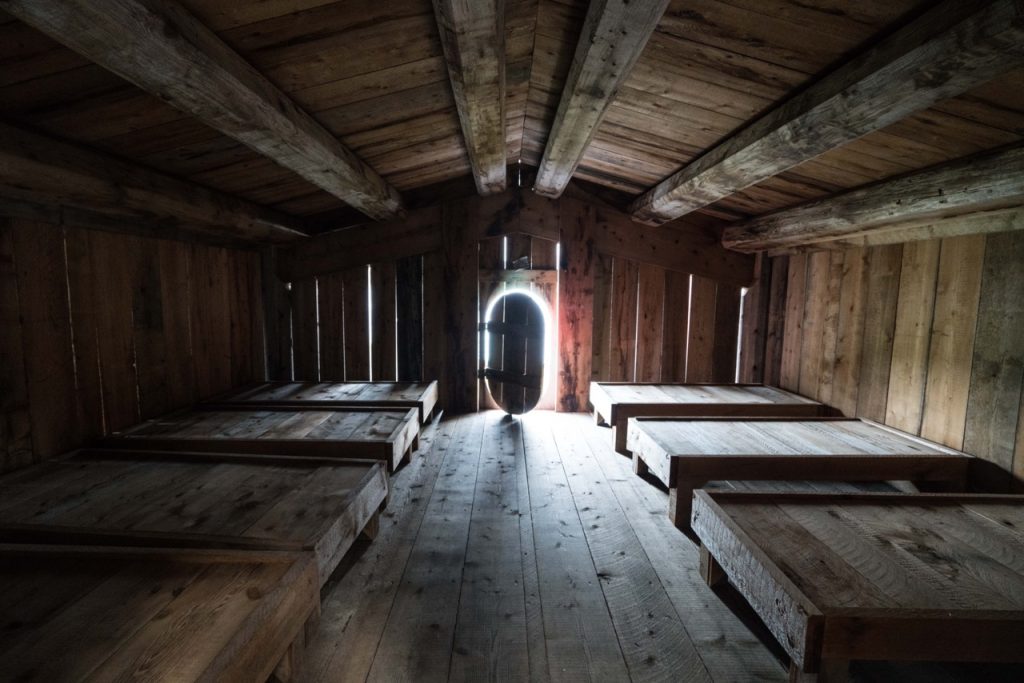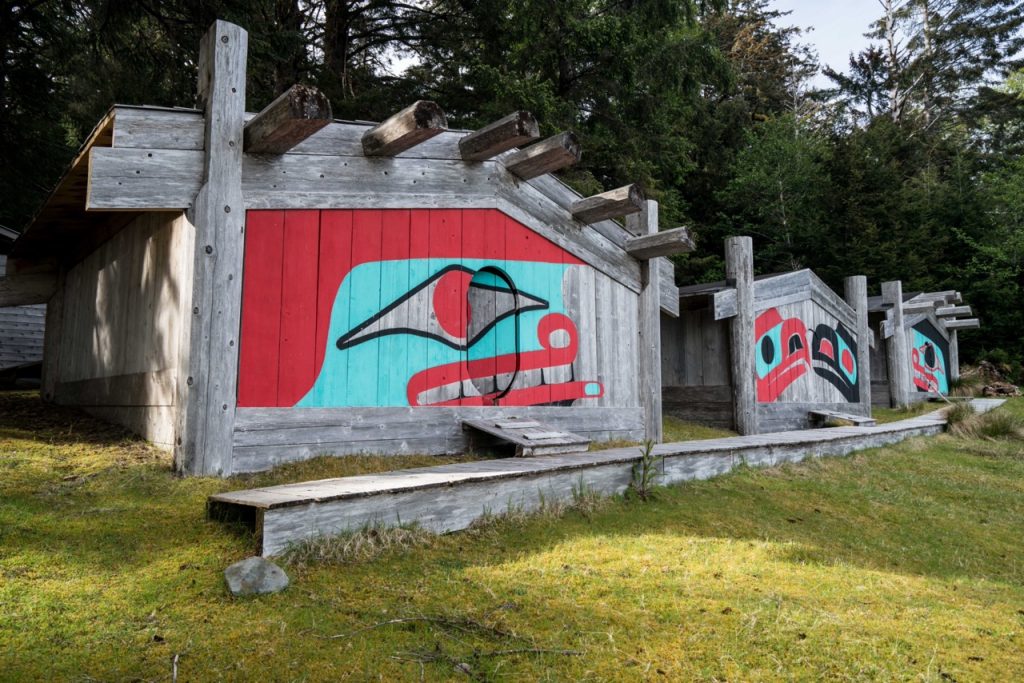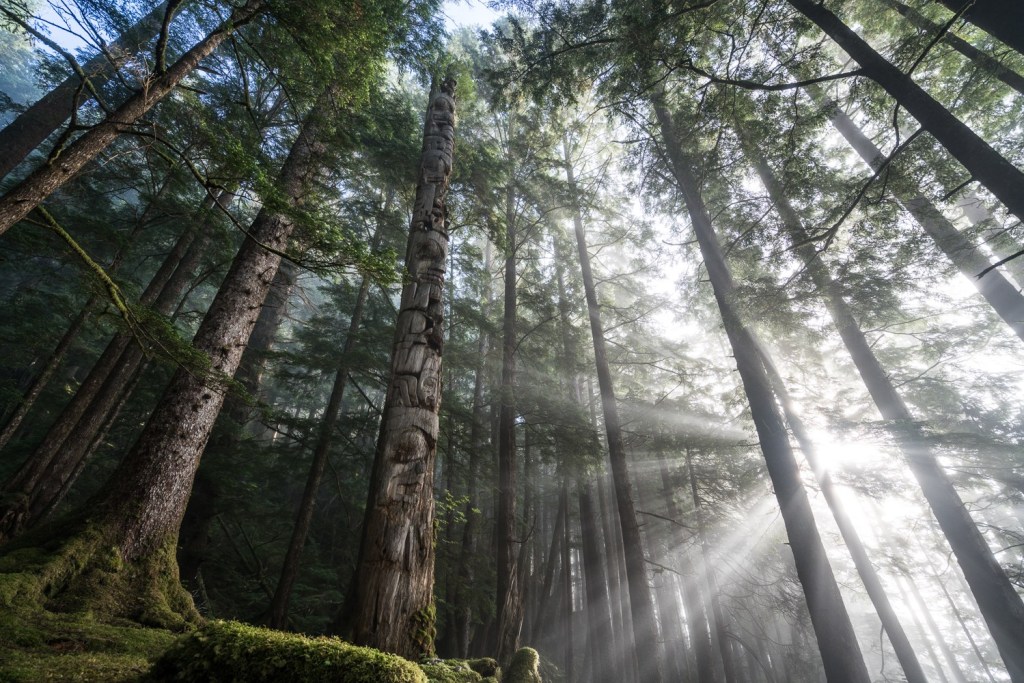
Haida Gwaii is more than just a collection of stunning islands; it is the ancestral homeland of the Haida Nation, one of the most culturally rich and resilient Indigenous groups in the Pacific Northwest. With a deep connection to the land and sea, the Haida people have lived on these islands for over 13,000 years, developing a distinct culture rooted in sustainability, artistry, and community. Visitors to Haida Gwaii have the unique opportunity to engage with a living culture that continues to thrive through its art, language, and traditional practices.
The Haida People

The Haida Nation’s presence on the islands is ancient and profound, with stories, art, and traditions that reflect their deep relationship with the land and waters of Haida Gwaii. Historically, the Haida were known as expert mariners, navigating their impressive cedar canoes across vast stretches of the Pacific. These canoes were integral to both their subsistence—fishing and harvesting from the sea—and their connections with neighboring Indigenous nations through trade.
Central to Haida culture is a respect for the natural world. The Haida have long practiced sustainable living, guided by a deep spiritual connection to the environment. Every element of the natural world is considered interconnected and alive with spirit, influencing the way the Haida interact with their surroundings and use resources.
Art and Totem Poles

Haida art is renowned worldwide for its intricate and powerful designs, with totem poles being one of the most recognizable symbols. These towering works of art tell stories of family lineage, historical events, and mythology. Carved from the island’s majestic red cedars, each pole is unique and holds great significance to the people who create them. Totem poles can be seen throughout the islands, especially in places like the village of Skidegate, where the Haida Heritage Centre at Kay Llnagaay houses cultural artifacts and offers insights into the rich artistic traditions of the Haida.
Other art forms include finely woven baskets, bentwood boxes, and intricately designed jewelry and clothing. The bold forms and patterns of Haida art are deeply symbolic, often representing animals such as ravens, eagles, and bears, each imbued with spiritual significance.
Language and Storytelling
The Haida language—one of the few remaining language isolates in the world—is an integral part of the Haida identity. In recent years, there has been a resurgence of language revitalization efforts within the community, with schools and language programs working to teach the younger generations. Language is central to the storytelling tradition of the Haida people, which helps preserve their history and cultural knowledge.
Storytelling is a powerful way that the Haida pass down their cultural beliefs and histories. These stories often highlight the Haida’s connection to animals, the environment, and the supernatural, weaving together mythology and morality with real historical events.
Living Culture
Today, the Haida people continue to be stewards of the land, preserving both their cultural heritage and the ecological richness of the islands. Their cultural practices are not static relics of the past but living traditions that continue to evolve. Many Haida continue to fish, hunt, and gather according to traditional methods, respecting seasonal cycles and ensuring sustainable practices that protect the land and sea for future generations.
Visitors to Haida Gwaii are welcomed to engage with this living culture through experiences such as guided tours, visits to Haida villages, and cultural exhibitions. The Haida Heritage Centre offers interactive exhibits, cultural performances, and the chance to witness Haida artisans at work. By learning about Haida traditions, language, and art, visitors gain a deeper understanding of the islands and their significance to the Haida Nation.


